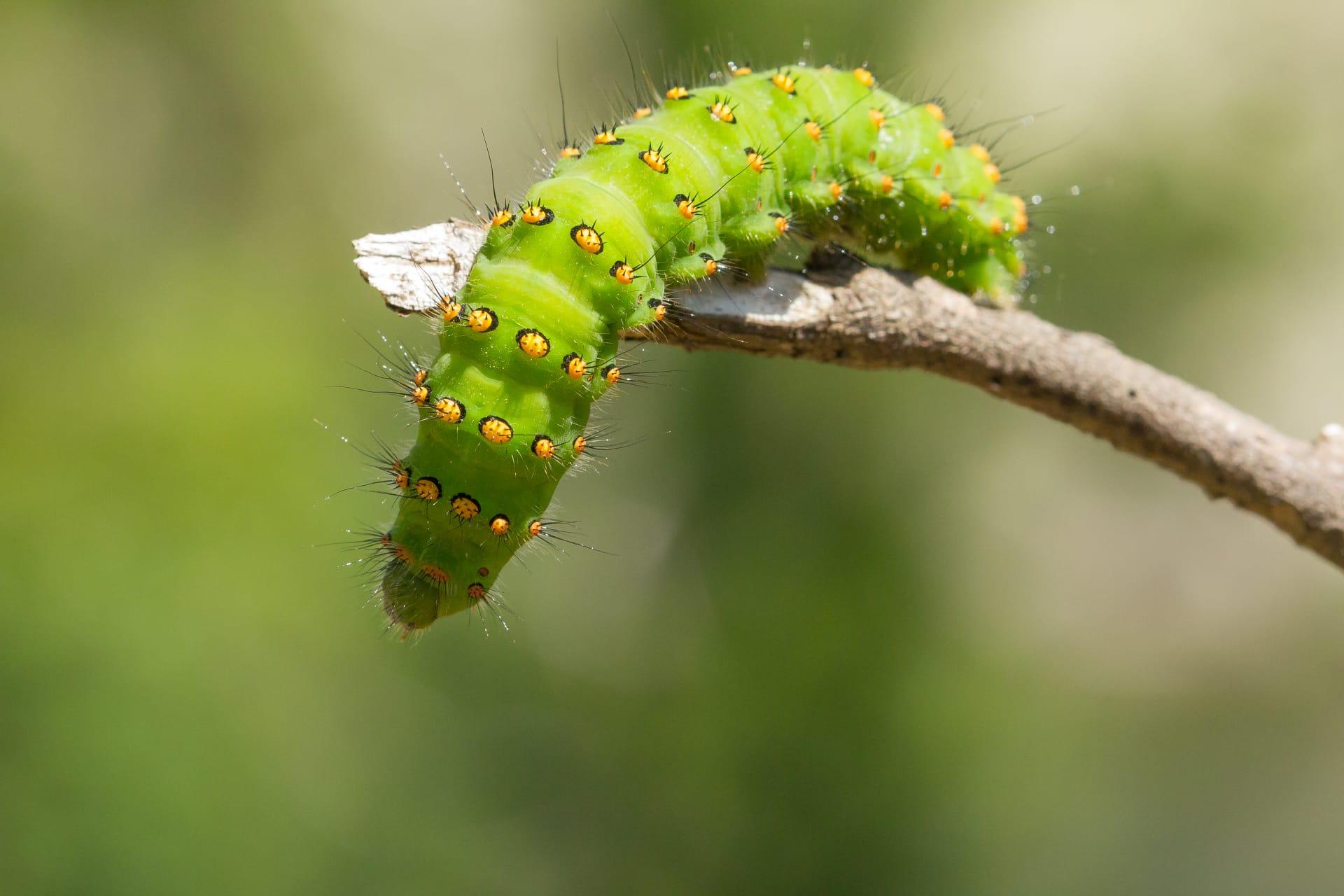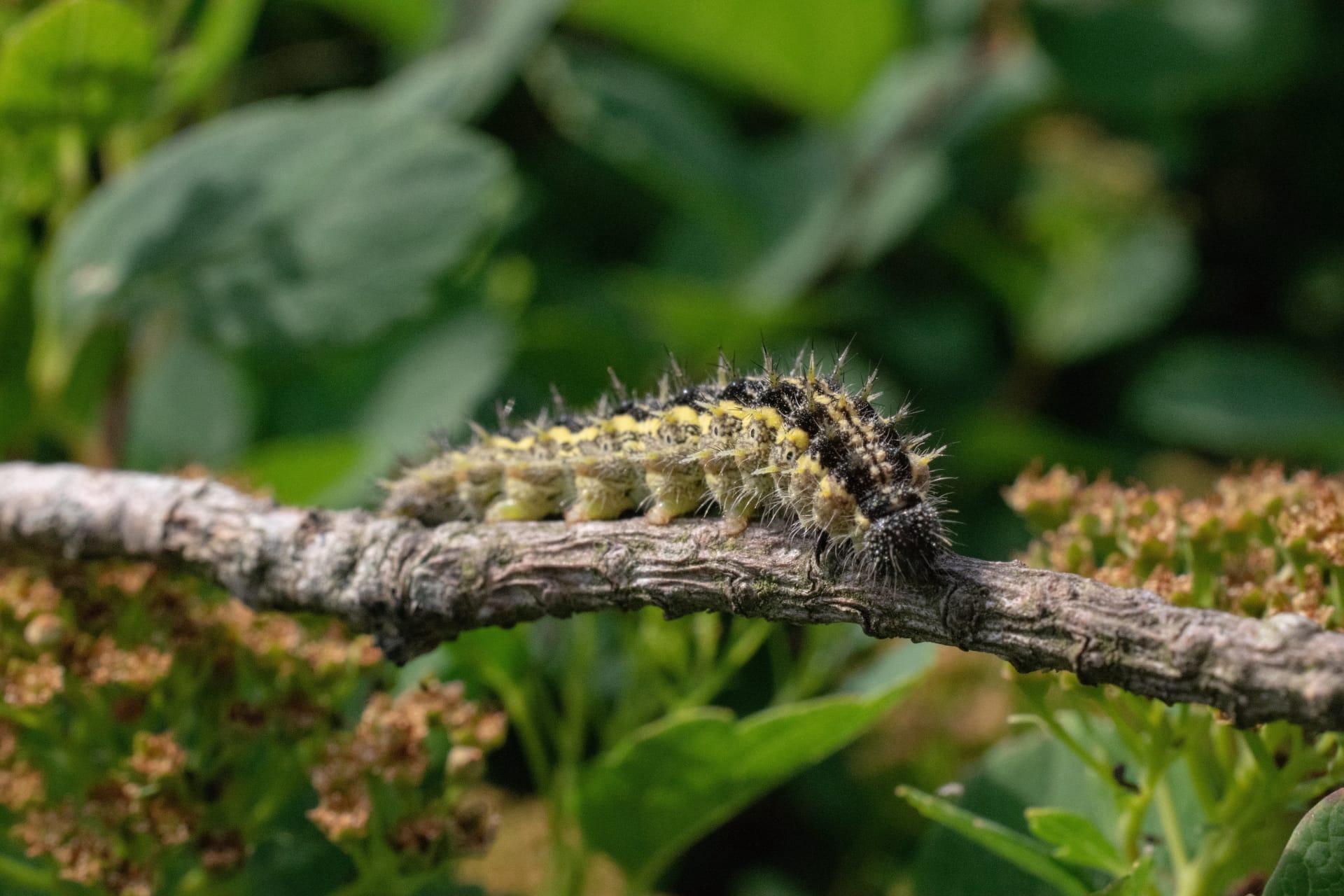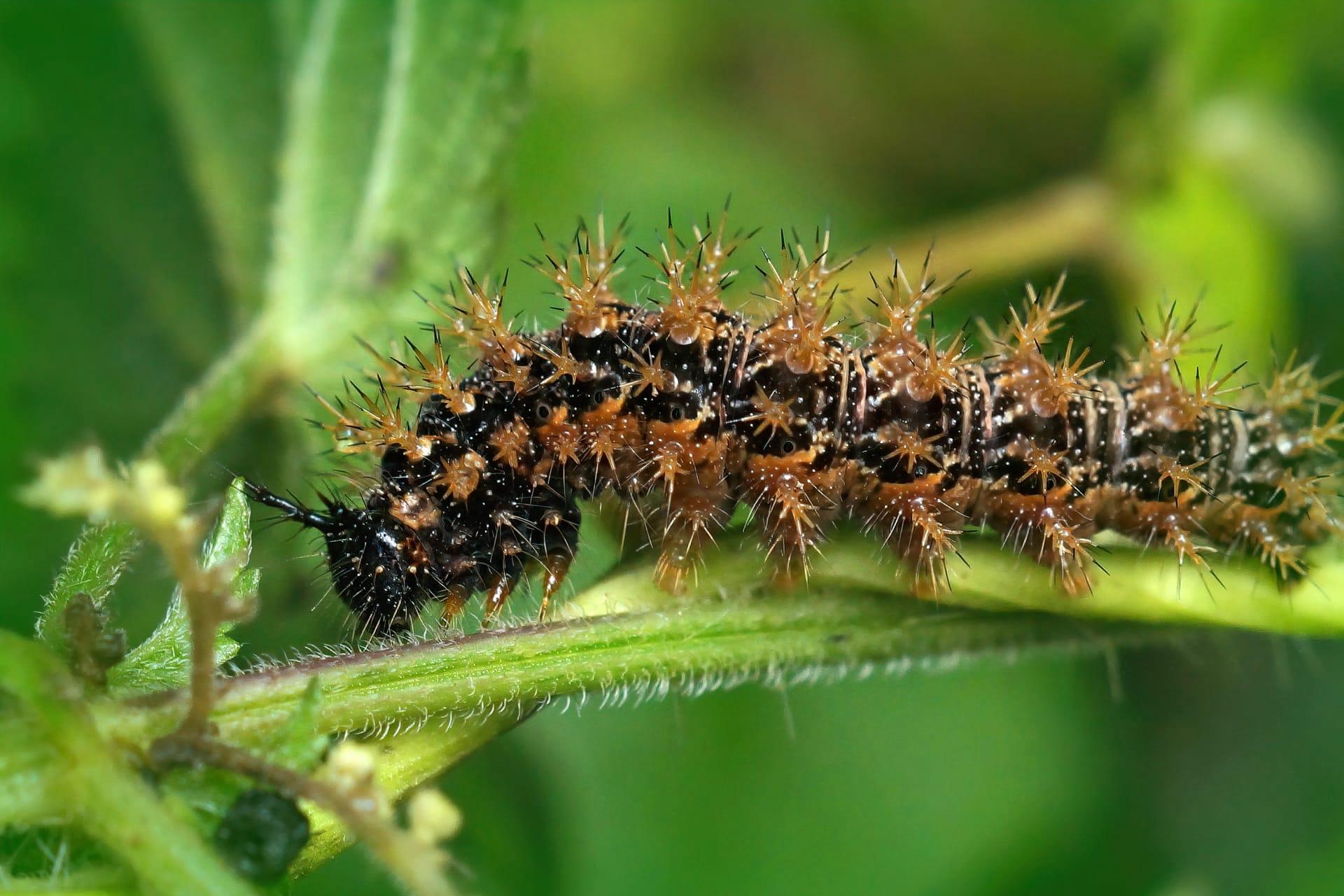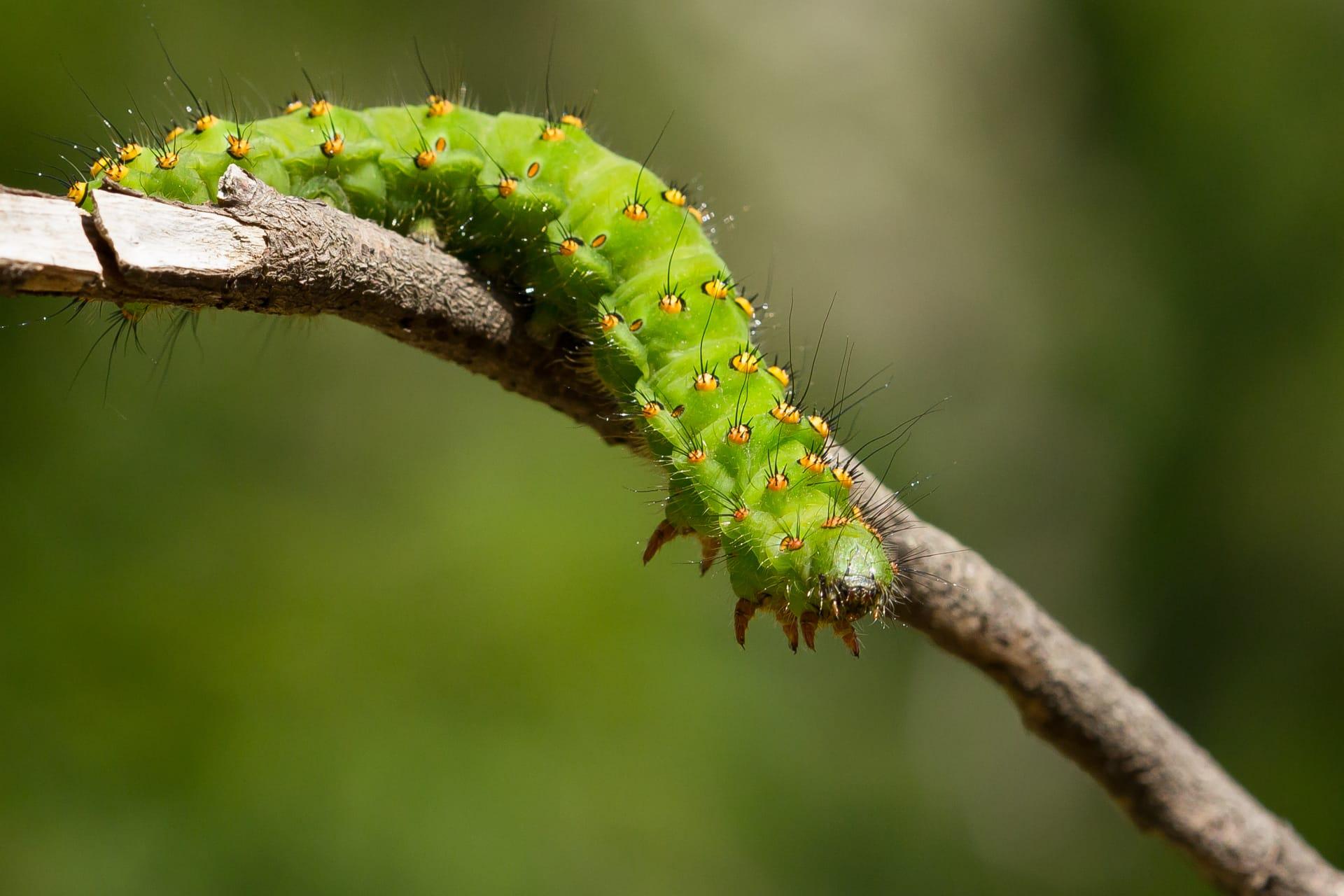Caterpillars Characteristics
- Home /
- Mini Encyclopedia /
- Animal /
- Caterpillars Characteristics
1
Caterpillars, the juvenile form of butterflies and moths, boast a fascinating array of physiological traits that capture the curiosity of many. Typically, these little creatures can range from a mere 1 millimeter to up to 14 centimeters in length, depending on the species. Their lifespan in the caterpillar stage varies widely too, from a couple of weeks to several months, heavily influenced by environmental factors and their specific growth requirements. With bodies segmented into 13 parts and covered in an array of hairs, spines, or smooth skin, caterpillars present a diverse palette of appearances that serve various purposes, from camouflage to deterrence of predators.
One of the most remarkable organs found in caterpillars is the osmeterium, a unique glandular structure that is not commonly found in many other creatures. Situated just behind the head, this Y-shaped organ can be everted when the caterpillar feels threatened. The osmeterium emits a blend of volatile chemicals that can repel potential predators, making it a crucial defense mechanism for the caterpillar. This special organ is most prominent in the larvae of swallowtail butterflies and is a fascinating example of nature's ingenuity in providing defense mechanisms to its vulnerable creatures.

2
Question: Why do caterpillars eat so much?
Answer: Caterpillars are known for their voracious appetites, and there's a good reason for this. During the larval stage, their primary goal is to accumulate enough energy and resources for the transformation into their adult form, the butterfly or moth. This metamorphosis requires a significant amount of energy, and the caterpillar's rapid growth demands a continuous supply of nutrients. As a result, caterpillars consume an enormous amount of food relative to their body size, often eating leaves that contain essential proteins, vitamins, and minerals. This intensive feeding phase enables them to store enough energy for the pupation stage, where they will not eat at all and instead use the stored nutrients to undergo their remarkable transformation.

3
Caterpillars are fascinating movers, employing a unique method of locomotion that is distinct from many other creatures. They move using a combination of their three pairs of true legs at the front and several sets of prolegs, which are fleshy, stub-like structures along the middle and rear of their body. This movement style, often described as a 'wave-like' motion, involves the caterpillar anchoring its rear prolegs and then contracting its muscles to pull its body forward, followed by advancing its front legs. This method allows them to navigate a variety of surfaces, from leaves to branches, with remarkable agility.
When it comes to feeding, caterpillars are equipped with strong, specialized mouthparts called mandibles, which they use to chew through the tough fibers of leaves. This adaptation is essential for their survival, as their diet primarily consists of plant material, which can vary from species to species. Some caterpillars are highly selective, feeding only on specific types of plants, while others have a more varied diet. This selective eating can sometimes lead to caterpillars becoming pests in agriculture by targeting specific crops. Their ability to consume large amounts of plant material quickly is a key feature of their predatory behavior, although they are herbivorous.

4
Caterpillars thrive in a wide range of environments, from tropical rainforests to arid deserts, adapting to the local flora and climate. Their habitats are as diverse as their species, with each type of caterpillar favoring specific plants that provide not only nourishment but also protection against predators. Some caterpillars have evolved to live in symbiosis with certain plant species, feeding exclusively on them and, in return, sometimes offering benefits like deterrence of herbivores or pollination assistance.
Reproduction in caterpillars is a process that begins with the adult butterfly or moth laying eggs on the underside of leaves. These eggs hatch into caterpillars, which then undergo several stages of growth, known as instars, separated by molts. After reaching a certain size and developmental stage, the caterpillar forms a chrysalis or cocoon, entering the pupal stage. Inside, the caterpillar undergoes a remarkable transformation, reorganizing its body into the adult form. This process, known as metamorphosis, is one of the most fascinating aspects of their life cycle, showcasing the intricate balance of nature and the incredible adaptability of these creatures.

5
Book: "The Very Hungry Caterpillar" by Eric Carle is a classic children's book that has delighted generations since its publication in 1969. Set in the United States, this beautifully illustrated book follows the journey of a hungry caterpillar as it eats its way through a variety of foods before transforming into a butterfly. The story, while simple, introduces concepts of growth, change, and the days of the week, making it not only an engaging narrative but also an educational tool.
Book: "Caterpillars of Eastern North America" by David L. Wagner is an invaluable resource for anyone interested in the diverse world of caterpillars found in this region. Published in the early 21st century, this guidebook provides detailed descriptions, photographs, and the natural history of over 700 species of caterpillars. Wagner, an expert in the field, offers insights into the behaviors, habitats, and feeding habits of these fascinating creatures, making it an essential reference for both enthusiasts and professional entomologists.